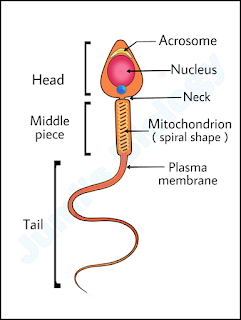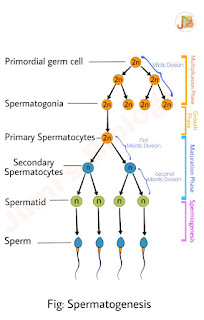Antibody: Structure ||Class 12 Biology
Antibodies are immunoglobulin (Ig) molecules. An Antibody seems like a Y-shaped structure. Antibodies are of mainly 5 types such as, IgA, IgM, IgE, IgG and IgD.
Antibodies are glycoproteins. They are typically made of basic structural units that consists of four polypeptide chains: two identical large heavy (H) chains and two identical small light (L) chains connected by disulphide bonds. Hence, an Antibody is represented as H2L2. The size of an antibody molecule is about 10nm. Each of the four chains has two regions: the constant region and the variable region.
The antibody recognizes a unique molecule of the pathogen, called an antigen via fragment antigen-binding (Fab) site of variable region. An antigen binding site is also called paratope, is a part of an antibody which recognizes and binds to an antigen. The part of antigen to which the paratope binds is called an epitope. The ability of an antibody to communicate with other components of the immune system is mediated via its Fc region which is located at the base of the antibody.



Comments
Post a Comment
If you have any doubts,please let me know